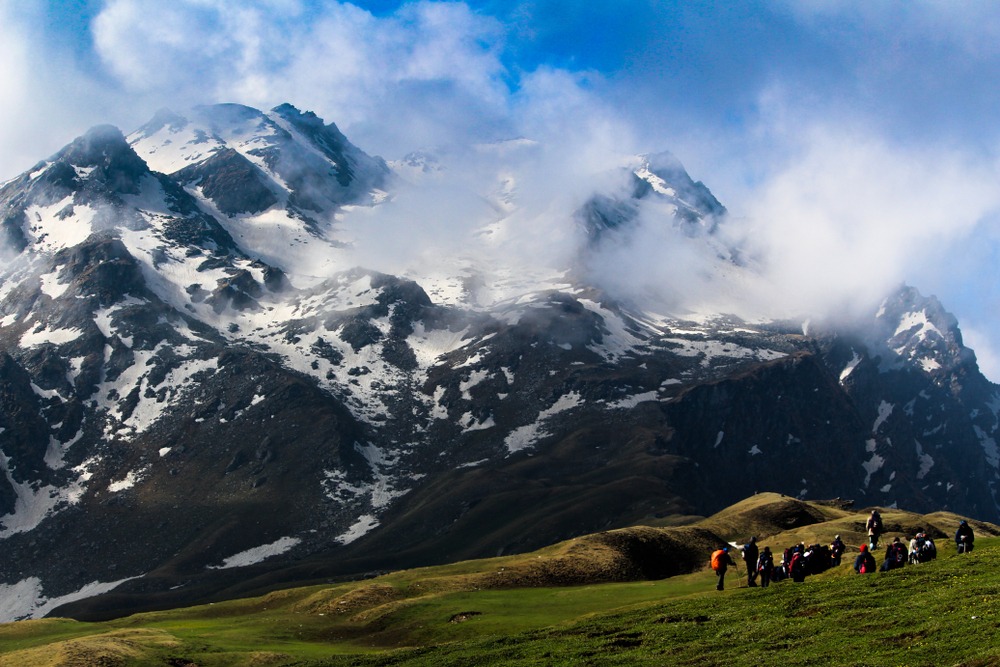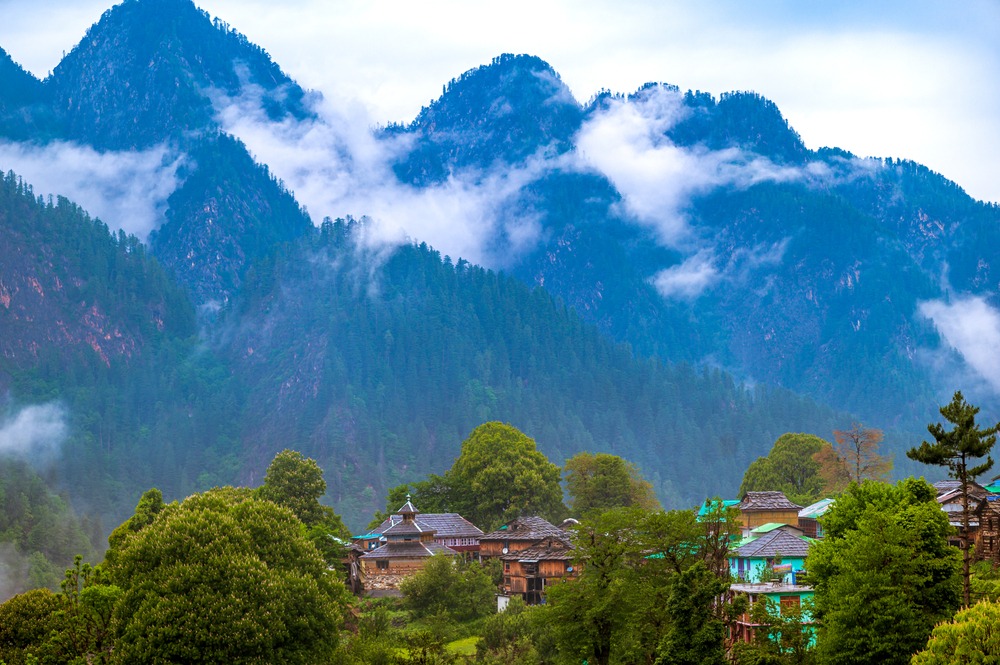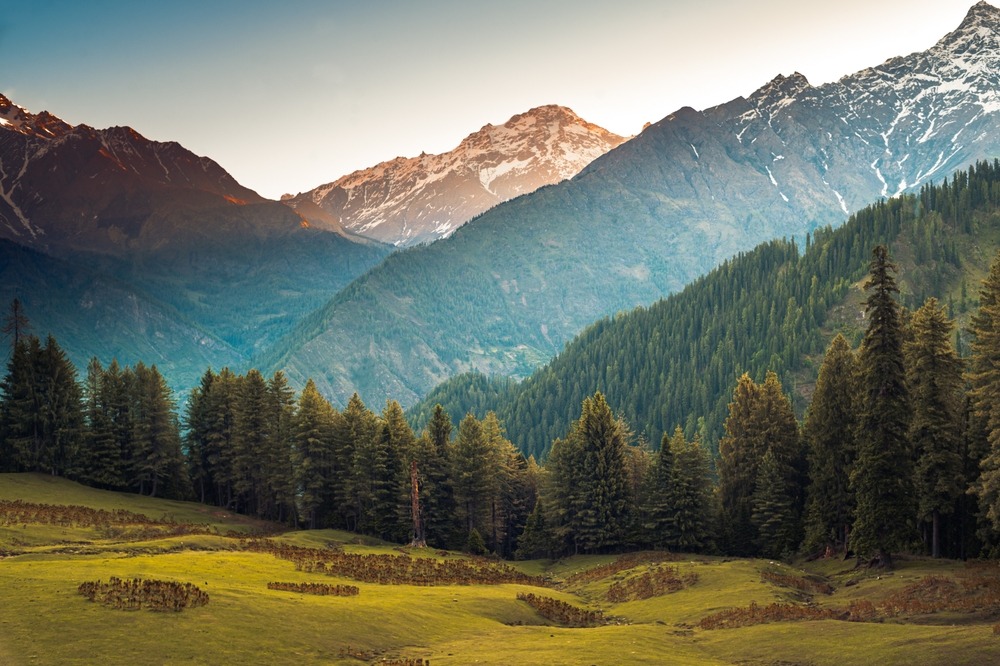Are you ready to join me on an unforgettable journey into the heart of the Himalayas? Sar Pass Trek offers the ultimate adventure for hiking enthusiasts, nature lovers, and thrill-seekers like us. In this comprehensive guide, I’ll take you through everything you need to know to plan your Sar Pass Trek expedition, from preparation tips to what to expect along the trail. Let’s get ready to conquer the mountains and experience the beauty of the Indian Himalayas together!
1. Introduction
Are you ready for the adventure of a lifetime? Sar Pass Trek isn’t just any trek; it’s a journey into the heart of the majestic Himalayas, where every step unveils breathtaking vistas and exhilarating challenges. Join me as we embark on this epic adventure together!
Stretching across the Parvati Valley in the Indian state of Himachal Pradesh, Sar Pass Trek offers an immersive experience into the untouched beauty of the Himalayas. Named after the Sar Pass, a mountain pass that sits at an elevation of over 13,800 feet, this trek is renowned for its stunning landscapes, diverse terrain, and cultural encounters with the local communities.
2. Understanding Sar Pass Trek

Sar Pass Trek is a high-altitude trek nestled in the Parvati Valley of Himachal Pradesh, India. Spanning approximately 35 kilometers, the trail takes us through dense forests, picturesque meadows, and snow-capped peaks, culminating at an altitude of over 13,800 feet at Sar Pass.
This trek is not just about reaching the destination; it’s about immersing ourselves in the beauty of the journey. From the lush greenery of the lower valleys to the rugged terrain of the higher altitudes, every step offers a new perspective and a sense of awe at the magnificence of nature.
3. Planning Our Expedition
Choosing the Right Operator
Selecting a reputable trekking operator is crucial for ensuring a safe and enjoyable journey. Look for operators with experienced guides, good reviews, and a commitment to sustainable trekking practices. Researching online and reading reviews from fellow trekkers can help us make an informed decision. If you’re looking for a reliable and experienced trekking operator to guide you on your Sar Pass Trek adventure, I highly recommend The Searching Souls. With years of expertise in organizing treks and expeditions in the Himalayas, they are dedicated to providing top-notch service and ensuring a safe and memorable experience for their clients.
Obtaining Permits
Permits are required for Sar Pass Trek, which can be obtained through our trekking operator or directly from the Forest Department. It’s essential to obtain all necessary permits well in advance to avoid any last-minute complications. Keep in mind that permits may have limited availability, especially during peak trekking seasons, so it’s best to plan ahead.
4. Essential Gear
Backpack
Our backpack is our lifeline during the trek, carrying all our essentials for the journey. Investing in a sturdy, comfortable backpack with ample storage space is essential. Look for a backpack that distributes weight evenly and has adjustable straps for a customized fit. Additionally, opt for a waterproof backpack to protect our belongings from rain and snow.
Trekking Shoes
Choosing the right pair of trekking shoes is crucial for a comfortable and safe trekking experience. Look for shoes that provide good ankle support, traction, and durability. It’s advisable to invest in high-quality trekking shoes designed specifically for mountain terrain. Be sure to break in your shoes before the trek to prevent blisters and discomfort during the journey.
5. Training and Physical Preparation
Preparing our bodies for the physical demands of high-altitude trekking is essential for a successful expedition. Incorporating cardiovascular exercises, strength training, and hiking into our fitness routine can help build endurance and stamina. Gradually increase the intensity and duration of our workouts to simulate the conditions we’ll encounter during the trek.
6. Best Time to Trek

The best time to undertake Sar Pass Trek is during the summer months of May to June and the post-monsoon season of September to October. During these months, the weather is relatively stable, with clear skies and mild temperatures, making it ideal for trekking. Avoid trekking during the monsoon season (July to August) due to the risk of heavy rainfall, landslides, and slippery trails.
7. Route and Itinerary
Kasol to Grahan Village
Our journey begins in the quaint village of Kasol, known for its scenic beauty and laid-back vibe. From Kasol, we’ll trek through dense forests and meandering trails to reach Grahan Village, our first campsite on the trek. The trail offers stunning views of the Parvati River and the surrounding mountains, providing a glimpse into the natural beauty of the region.
Grahan Village to Min Thach
Continuing our trek, we’ll ascend further into the mountains, passing through lush green meadows and alpine forests. Our next destination is Min Thach, a picturesque campsite nestled amidst towering peaks and pristine landscapes. Here, we’ll have the opportunity to relax, soak in the beauty of our surroundings, and connect with fellow trekkers around the campfire.
8. Accommodation Options

Camping
Camping is the primary accommodation option during Sar Pass Trek, offering a unique opportunity to immerse ourselves in nature and experience the serenity of the mountains. We’ll carry our own tents and camping gear, setting up camp at designated campsites along the trail. Camping allows us to witness breathtaking sunrises and sunsets, sleep under the starlit sky, and forge lasting memories with our fellow trekkers.
Homestays
In addition to camping, several villages along the trek route offer homestay options for trekkers looking for a more immersive cultural experience. Homestays provide an opportunity to stay with local families, experience their way of life, and sample traditional Himachali cuisine. It’s a chance to connect with the local community, learn about their customs and traditions, and gain insights into rural life in the Himalayas.
Also Read – The Ultimate Guide to Bait for Mouse Traps
